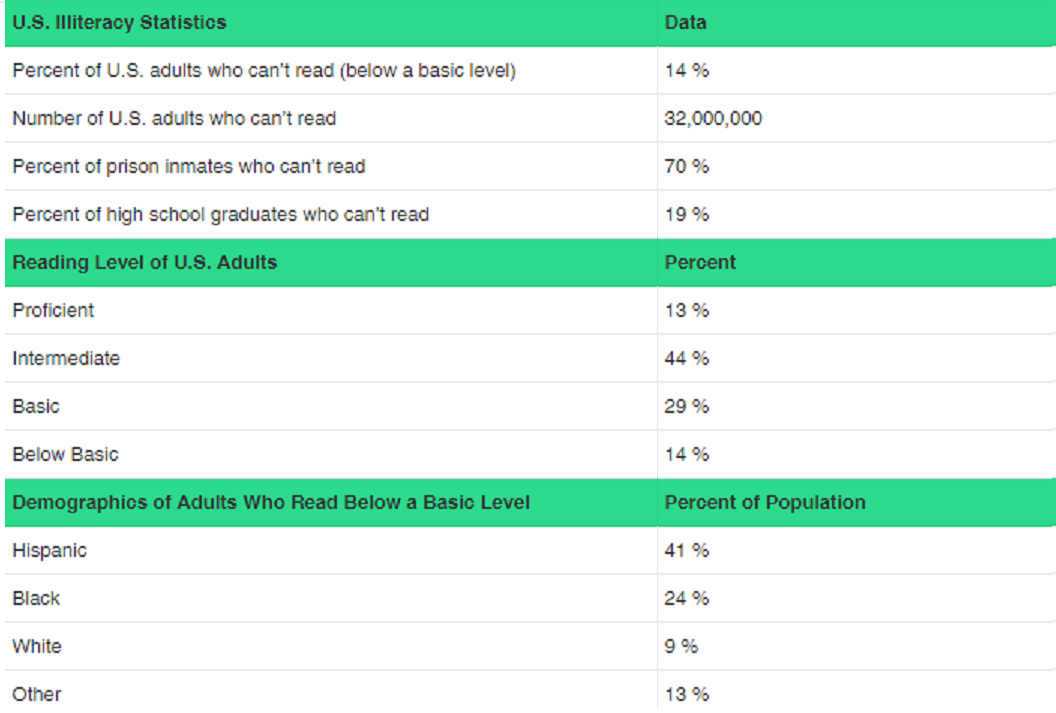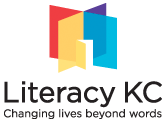On January 12, 1971, Jimmy Carter was sworn in as Governor of Georgia. He said in his inaugural address: “Our people are our most precious possession. . .Every adult illiterate. . .is an indictment of us all… the responsibility is our own and our government’s. . .I will not shirk this responsibility.” Forty-five years later, his noble goal is still being address in every state in the nation.
A quick internet review of materials that discuss adult literacy will show consistent disagreement on how to define the operative terms. But most writers agree on one practical definition: A “functionally illiterate” adult is unable to read well enough to deal with everyday requirements of life. And the inability to read and do math at a fifth-grade level is a well-accepted ballpark definition of functional illiteracy.
In 2009, The U.S. Department of Education did a national assessment, using statistics collected in 2003. It found that some 30 million American adults (about 14%) were functionally illiterate. And before you make assumptions about the demographics: 75% were born in the United States, 2/3 were under 65; more than 3/4 could see well, and 90% had not been diagnosed with a learning disability. In December 2014, another study from the U.S. Department of Education and the National Institute of Literacy was reported, and it made clear that not much had changed. The national adult illiteracy rate was still around 14%.
[fusion_builder_container hundred_percent=”yes” overflow=”visible”][fusion_builder_row][fusion_builder_column type=”1_1″ background_position=”left top” background_color=”” border_size=”” border_color=”” border_style=”solid” spacing=”yes” background_image=”” background_repeat=”no-repeat” padding=”” margin_top=”0px” margin_bottom=”0px” class=”” id=”” animation_type=”” animation_speed=”0.3″ animation_direction=”left” hide_on_mobile=”no” center_content=”no” min_height=”none”]
The U.S. Department of Education findings as of 2014.
Such significant numbers obviously result in an adverse practical effect on the economic, medical, and emotional health of any nation. People can observe and understand the direct and indirect prices of illiteracy. What happens to health care if a mother cannot read the antidote instructions on a can of drain cleaner accidentally tasted by her toddler? What effect is there on the right to vote when the voting instructions require the ability to read well? What is the result of efforts for full and fair employment when most jobs require not only the ability to read, but also the computer skills to apply online? What happens when parents cannot provide the educational support needed to be sure their children don’t start behind and stay behind?
Yes, functional illiteracy is something that is present in our world today. Community resources like Literacy Kansas City and its volunteers, adult programs from public libraries, outreach efforts of local colleges and universities, help from businesses and industries who understand the need for a literate workforce, support from organizations and foundations, and the active participation of individuals who recognize that a literate community is a better community all work to improve literacy rates. There are many ways to help adults work to their maximum literary potential in your own community. Students come to Literacy Kansas City with so many special gifts and talents already in their skill set: it then becomes Literacy Kansas City’s goal to take those gifts and talents and use them to develop stronger literacy skills. Take a look at the topics listed on this website, and see how you can get involved![/fusion_builder_column][/fusion_builder_row][/fusion_builder_container]
